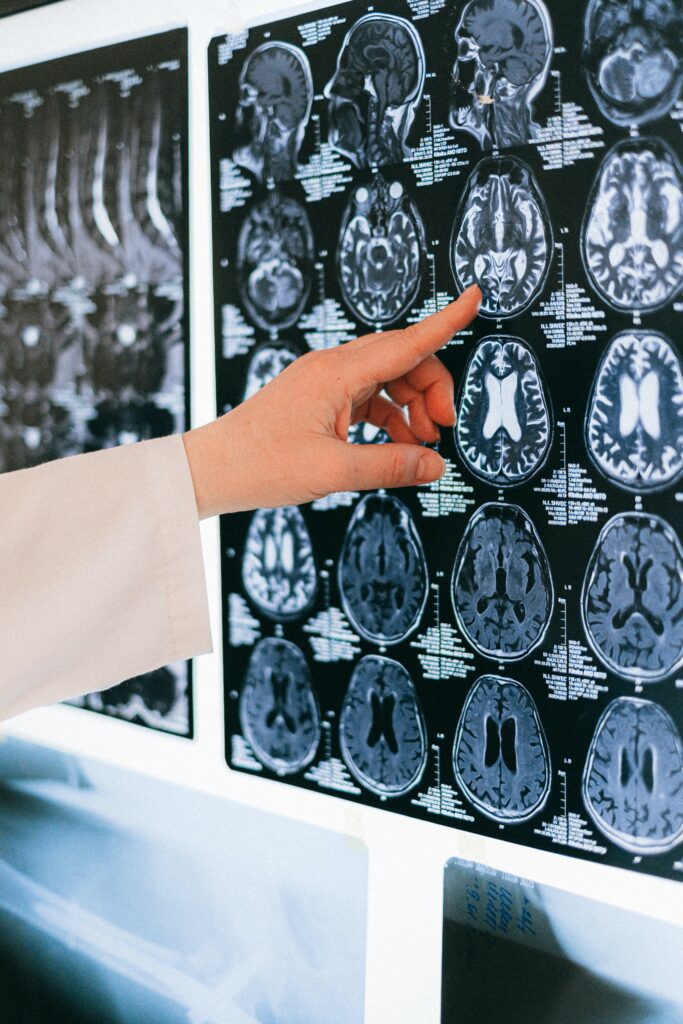
Transient Ischemic Attack refers to the obstruction of an artery in the brain for a short time, which leads to loss of use of a limb or facial paralysis. It often precedes a stroke, cerebrovascular accident of a more serious nature.
What is a transient ischemic attack, or TIA?
A Transient Ischemic Attack, or TIA, is a localized health problem in the bloodstream of the brain. The latter has a constant need to be supplied with oxygen, which the blood brings to it in an endless cycle. When the blood supply drops sharply or is cut off, we can speak of ischemia.
Ischemia can occur in any organ, depending on various causes (a clot blocks an artery, hemorrhage or shock). A TIA is therefore a temporary drop in blood supply to an area of the brain. The rapid aspect is important here, because an AIT does not cause any sequelae, and generally does not last more than an hour. If the accident lasts longer, the areas with low or no blood supply in the brain will quickly deteriorate, which will lead to much greater consequences: Cerebral Vascular Accident (CVA), or heart attack.
What are the differences between TIA and stroke?
We can summarize by saying that a CVA (Cerebral Vascular Accident) is a TIA that has lasted too long. Or conversely, a TIA is a very short stroke. The majority of them do not last more than ten minutes, at worst a few hours. The difference lies in the duration of the lack of oxygen in the affected areas. In summary, the AIT is similar to plunging the head under water for a few seconds, while the stroke would be a drowning of a few minutes: the consequences on the brain and the body are beyond measure, but the cause remains the same.
Differences in symptoms?
On the other hand, the symptoms will be the same as those of a stroke, hence the importance of recognizing them. It is thus estimated that a TIA very often precedes a stroke. Most patients with TIA have a high risk of having a stroke within 90 days.
AIT is therefore a means of preventing stroke, in the sense that a simple AIT will often have no effect on the faculties of the affected patient, but will make it possible to avoid the more serious consequences of stroke.
The causes of a TIA
The cause of a TIA is ischemia, which is the temporary blockage of an artery in the brain. The causes of ischemia are various:
A clot blocks the artery
A clot is a colloquial word used to describe a thrombus, a clot of clotted blood. These can form naturally in the blood, and even have the role of repairing any cracks in the veins and arteries. But sometimes, these “clots” will end up in the wrong place: at a crossroads or at the entrance to a valve, until they block the passage of blood.
In the case of a TIA, they block the blood that leads into an artery from an area of the brain. If they remain for a long time, it may cause a stroke, and damage the dry area. In a TIA, the clot seems to break down on its own, or break down naturally.
Rupture, hemorrhage
In this case, the artery is cut or damaged, locally or internally, which can cause cerebral hemorrhage, which by clotting can lead to ischemia.
Blow, squeeze
Compressed arteries in the brain can trigger a TIA if an artery becomes temporarily blocked.









